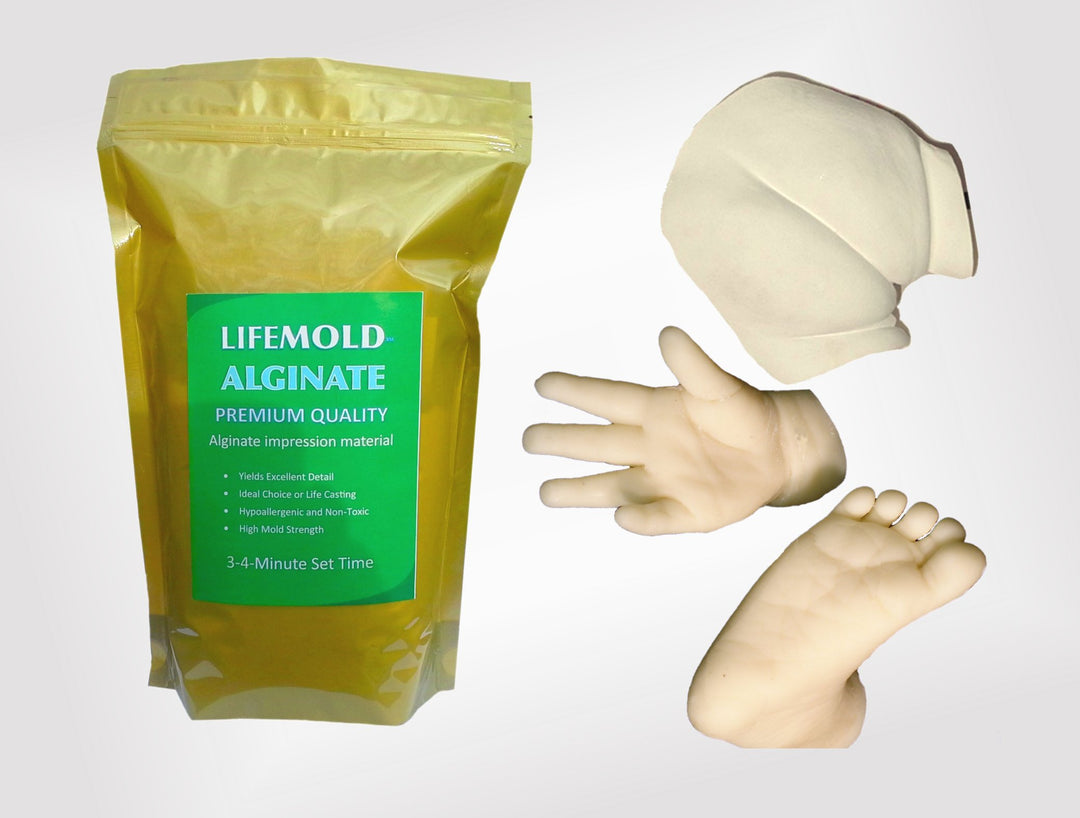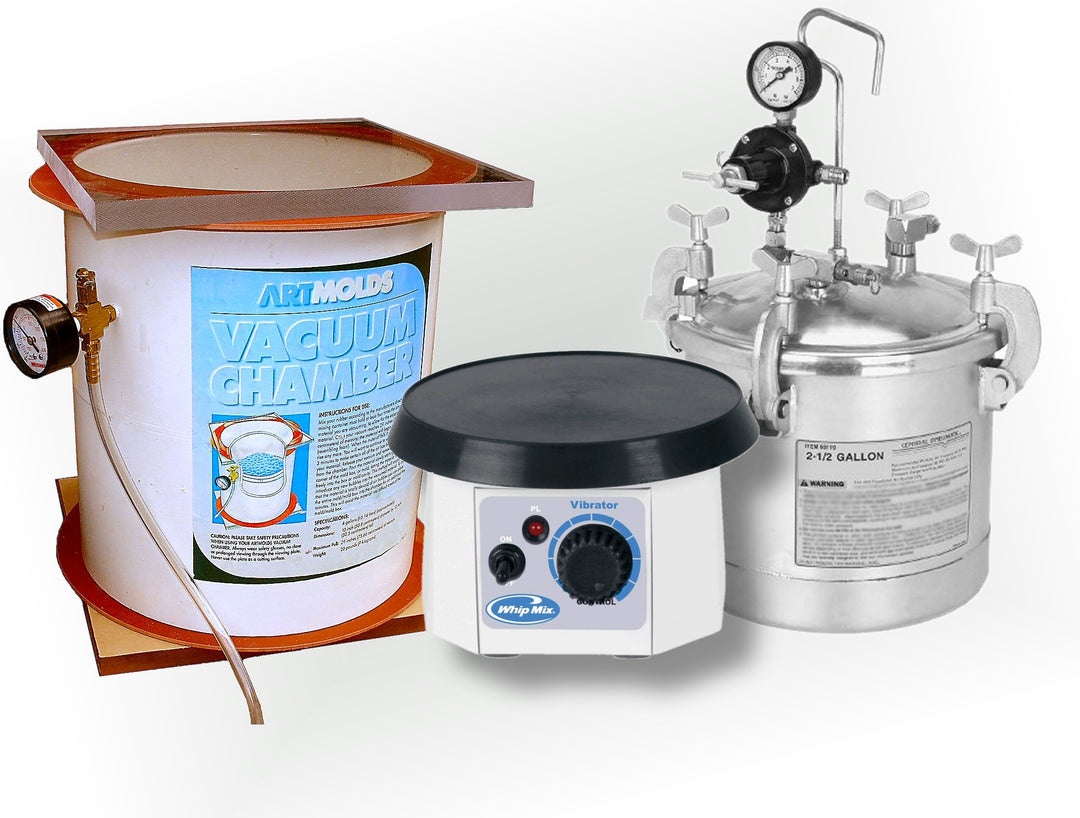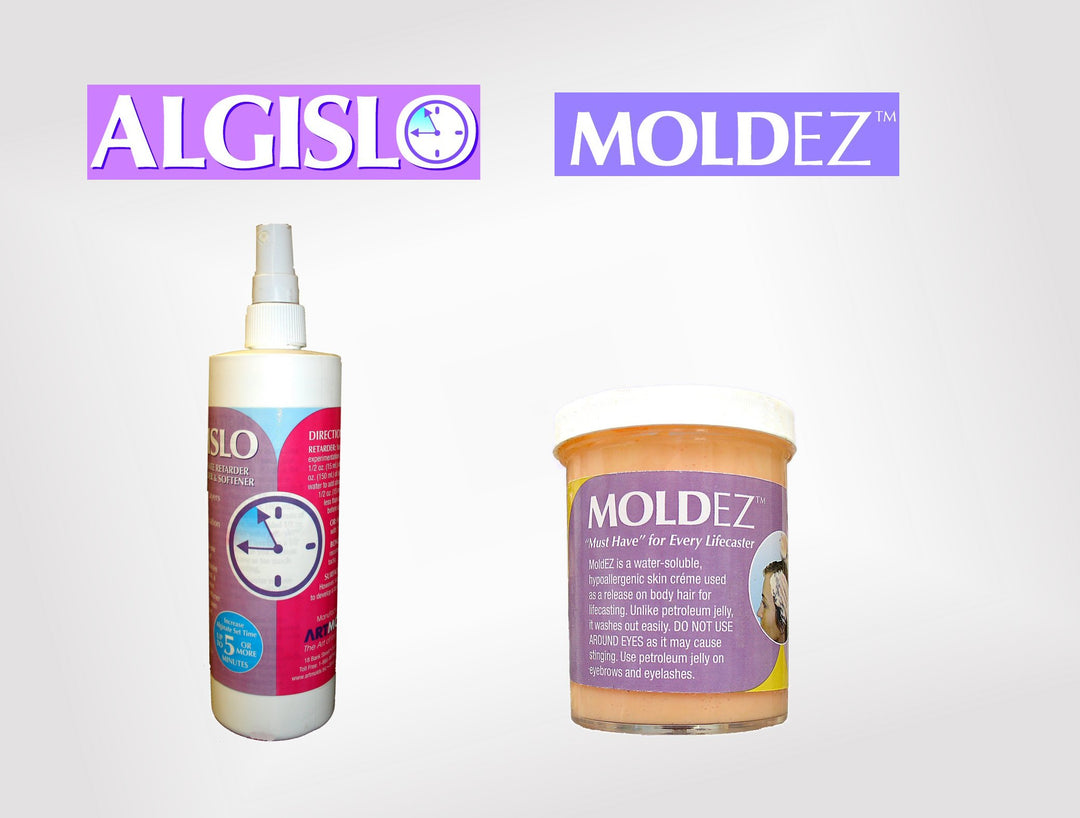Latex Mold for Cement Casting | Page 1 - ArtMolds
Figure 1
Though polyurethane rubbers have been displacing latex as the material of choice for the molds for concrete castings, latex still has the longest library life of of any materials currently available today. Latex often lasts for many decades without losing mold details. The advantage of polyurethane rubber is that it takes less time to create a mold. However, the big disadvantage is that it is more expensive than latex mold making rubber. A good latex mold requires up to fifteen or more applications to achieve an 1/8th inch mold surface, whereas polyurethane may require only three layers for the same thickness. In this example we set a plaster acorn-shaped decorative finial on a piece of corrugated cardboard to begin the latex mold making process. The cardboard is scored to create a box for the base of the latex mold.

Figure 2
Each side of the cardboard is scored with a utility knife about 1-2 inches in from the edge. The edges are turned up to construct the box. Of course, if you have a box already available you can skip this step. But we often find in our studio that a box must be custom made to accommodate the various sizes of a model.

Figure 3
As the box sides are formed around the model, we use duct tape to hold the box together. Hot glue would also work though.

Figure 4
The model must be glued to the center of the box. We don’t want it to move around during the mold making process. Be generous with the hot glue – and make certain the model is centered.

Figure 5
The base box has been made and the model glued to its center. We are now ready to seal the plaster surface.

Figure 6
Red shellac diluted 50% with alcohol is mixed in a small cup for application. This mixed provides a very good seal to the porous plaster surface. The interior of the cardboard base is also coated with the sealer. Allow the shellac to dry thoroughly and then apply a second coat.
Figure 7
The next step is to build keys. We are making a two-part mold so that we can create a 360-degree casting. Since we are building two mold halves, we must devise a way that the two halves can be precisely put back together in the exact position that the original mold was made. This is done with a key system. It may look a bit puzzling now, but it will all make sense shortly. We use a file folder to layout the key system. Actually, we are building small boxes. So what is depicted in Figure 7., are the two dimensional sides of the box before it is cut out and assembled.
Click next arrow to continue.






